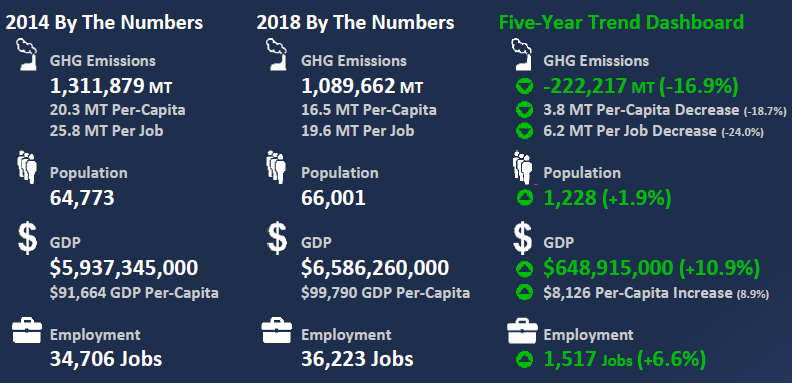Greenhouse Gas Inventories
Greenhouse gas (GHG) emissions are one of the major driving forces of our changing climate. Reducing these emissions is imperative to taking effective climate action as it identifies baseline metrics and priority areas a community or organization looking to reduce their footprint should efforts on.
What is a GHG inventory?
The U.S. EPA defines a GHG inventory as a list of emission sources and the associated emissions quantified using standardized methods. Organizations develop GHG inventories for a variety of reasons, including:
- Managing GHG risks and identifying reduction opportunities
- Participating in voluntary or mandatory GHG programs
- Participating in GHG markets
- Achieving recognition for early voluntary action
Who should create a GHG inventory?
- Nations
- States
- Cities
- Counties
- Regions
- Educational institutions
- Businesses and organizations (large and small)
What is involved in a GHG inventory?
Numerous organizations have outlined how to create a greenhouse gas inventory, below are steps outlined by the U.S. EPA.
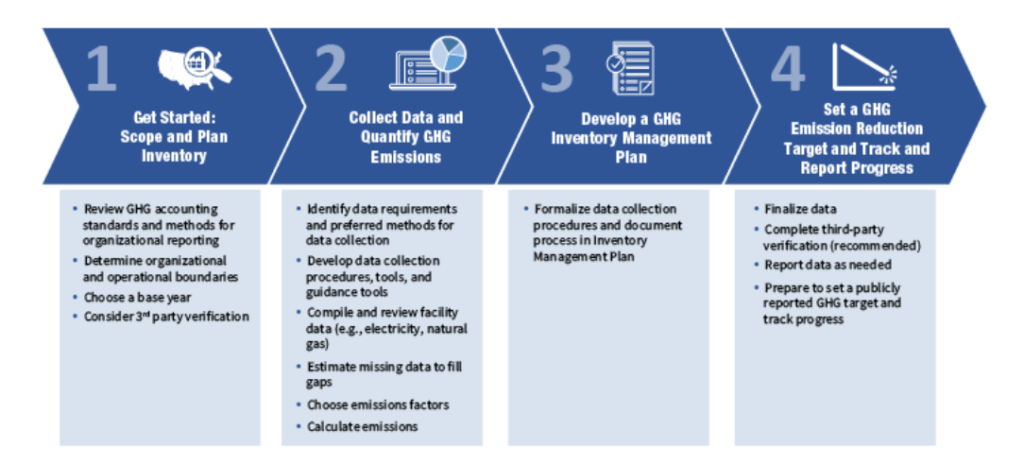
In-depth guidance for developing a GHG inventory is available from the U.S. EPA at multiple scales:
- Local Community GHG Inventories
- Government Operations GHG Inventories
- Corporate-level GHG inventories
- Small Business & Low Emitters GHG Inventories
Below are details and links to current GHG inventories relevant to Central Iowa and MPO member communities.
United States of America
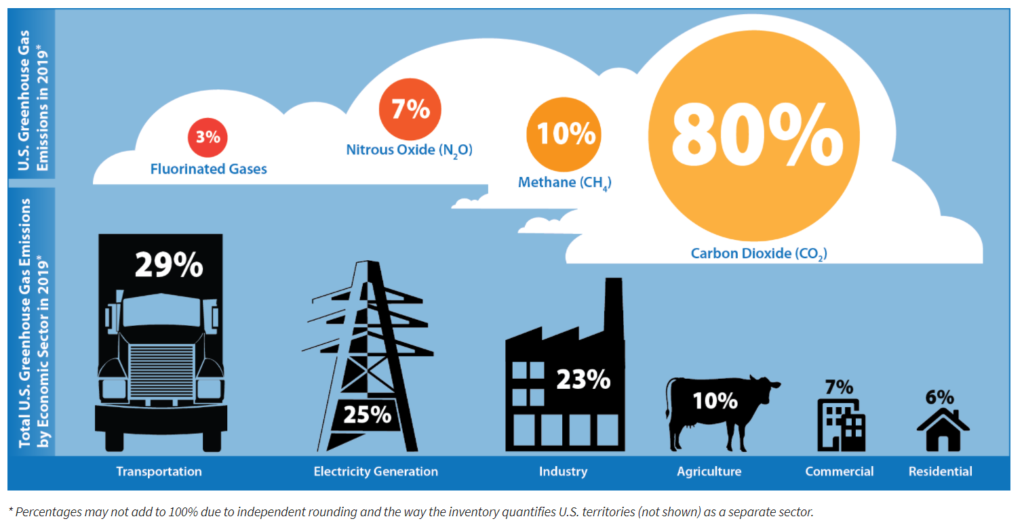
State of Iowa
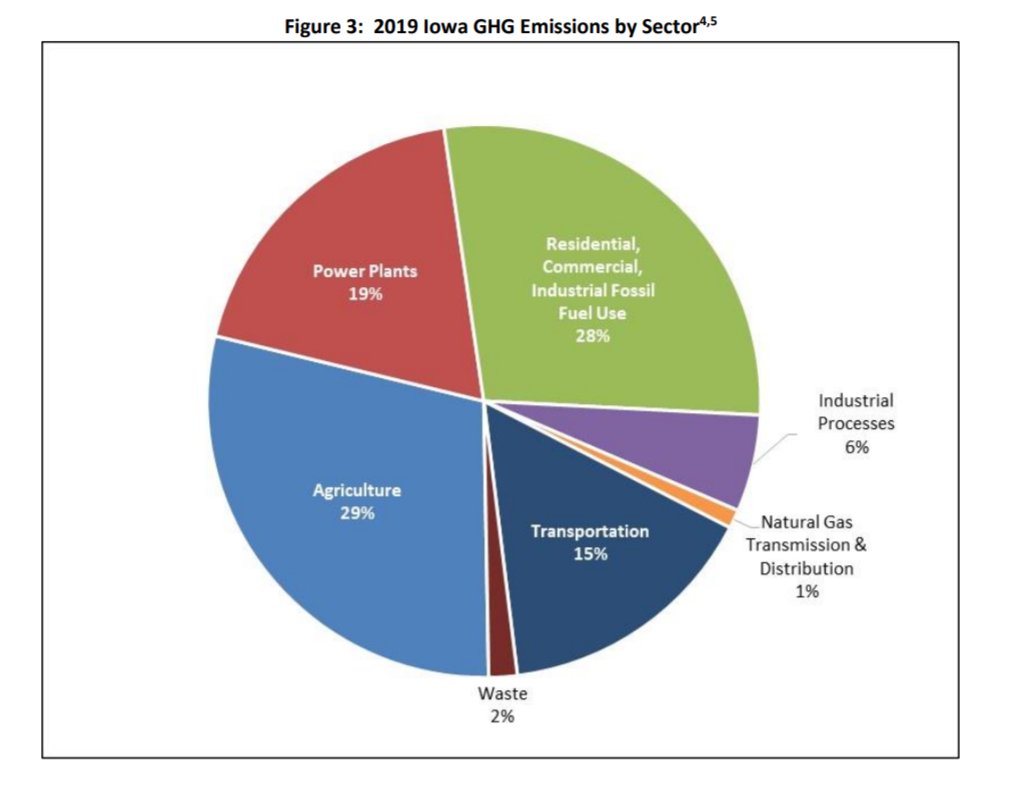
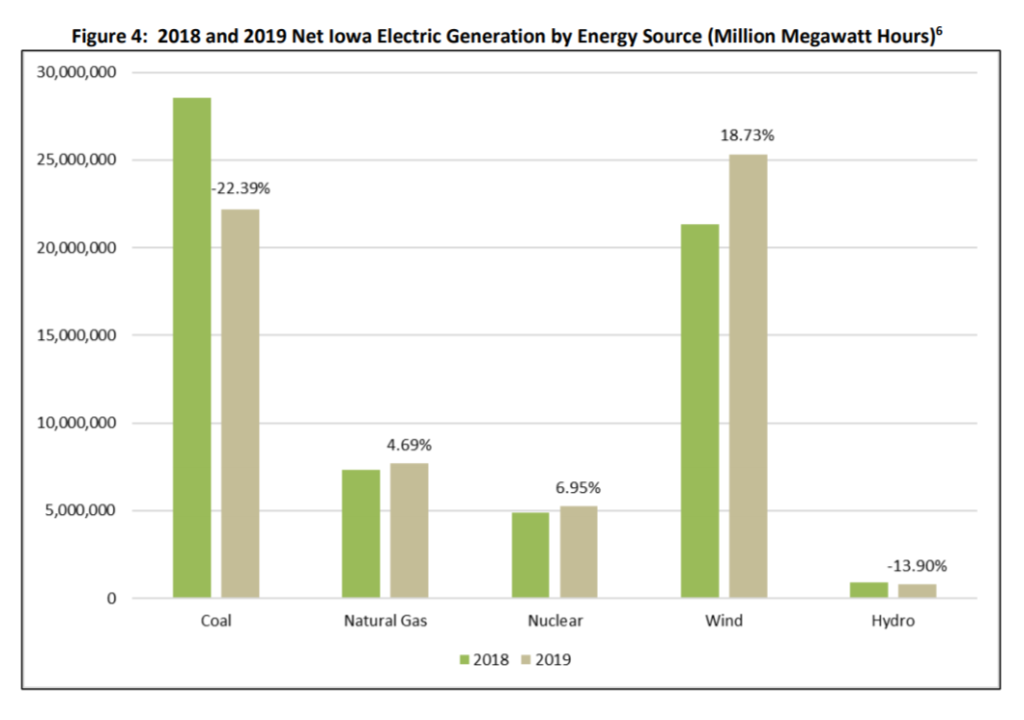
Central Iowa
City of Des Moines
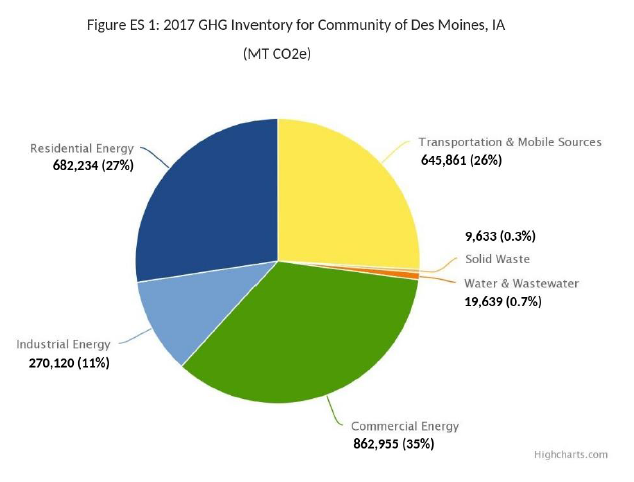
City of Ames
